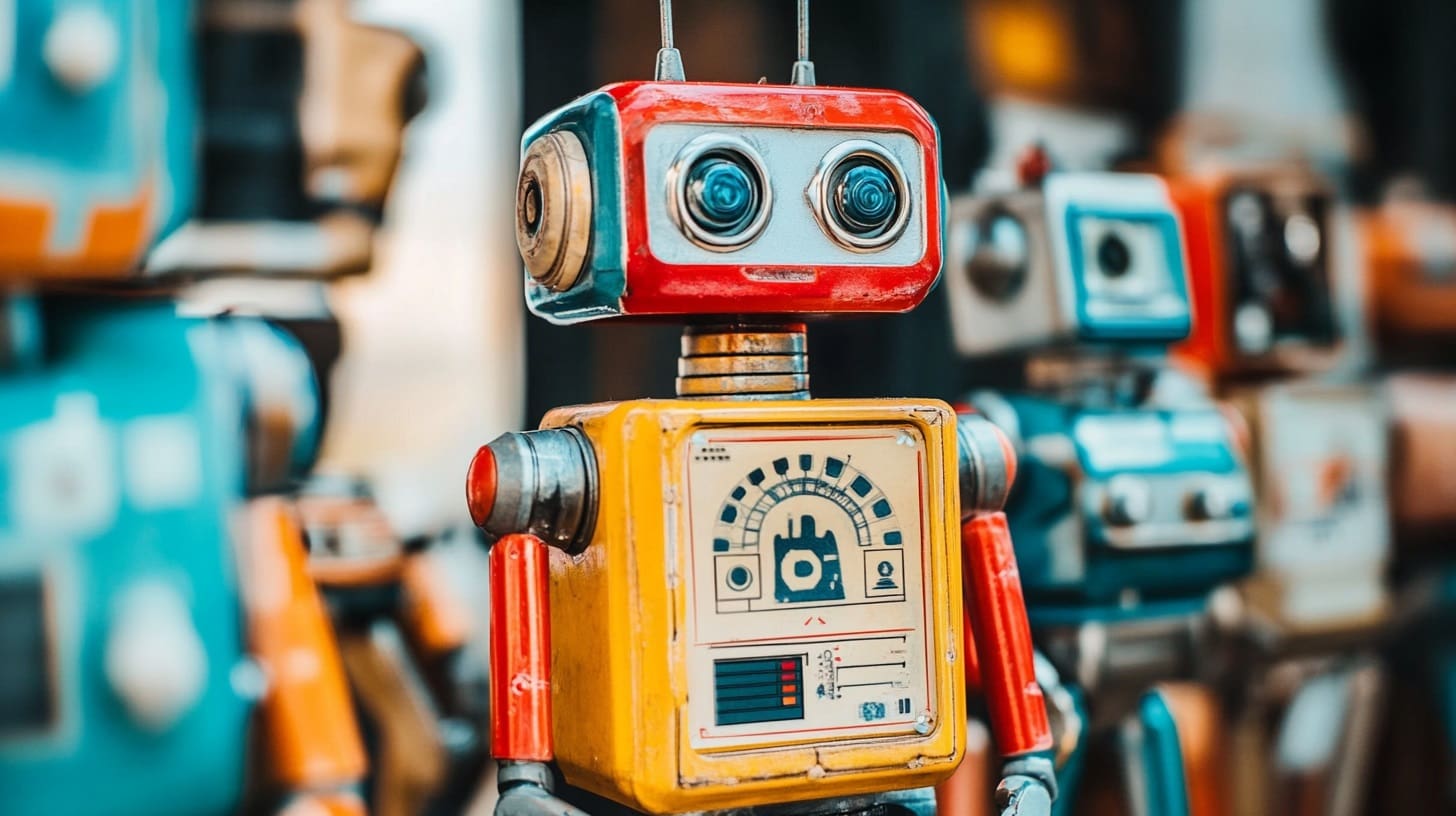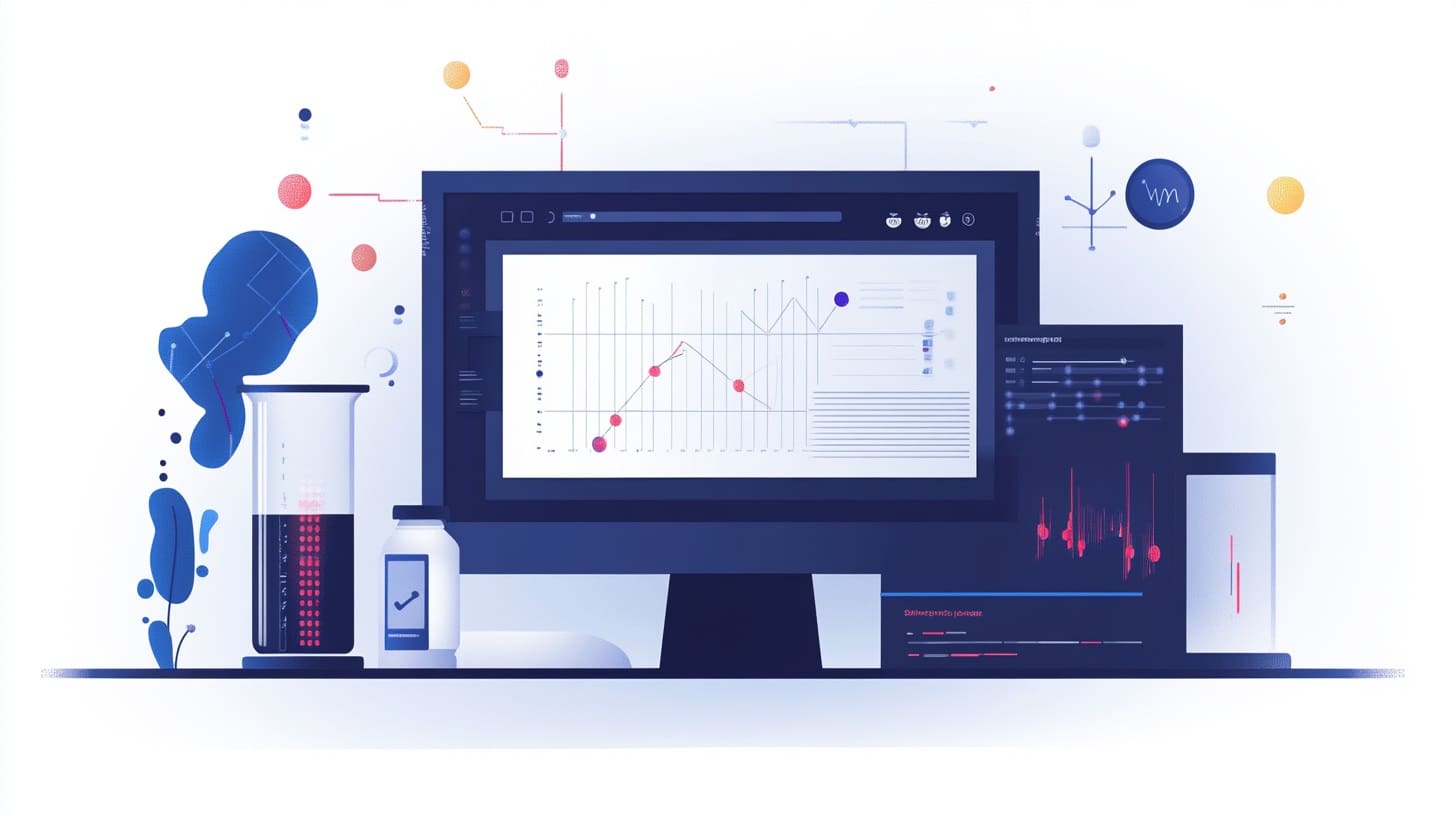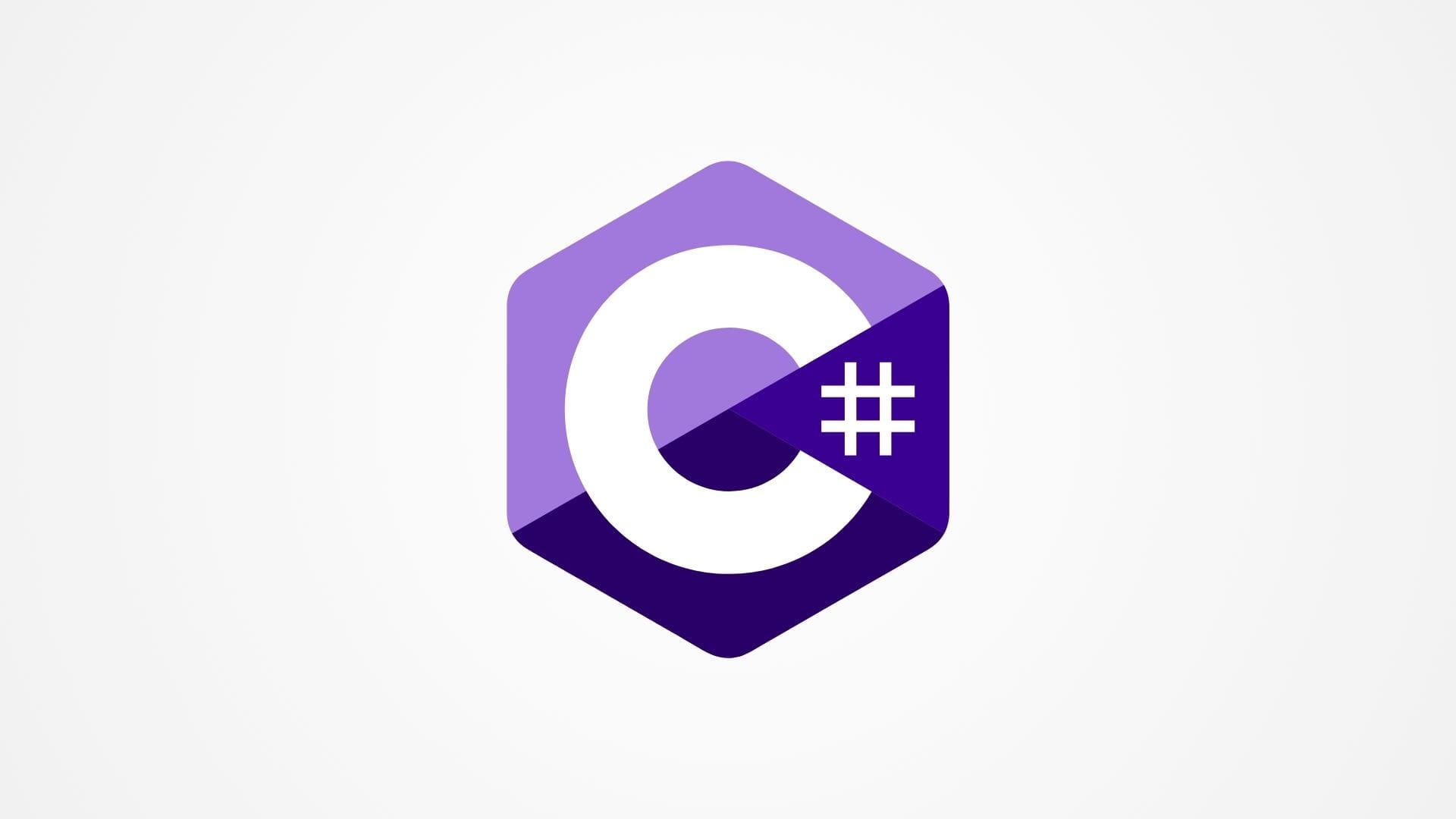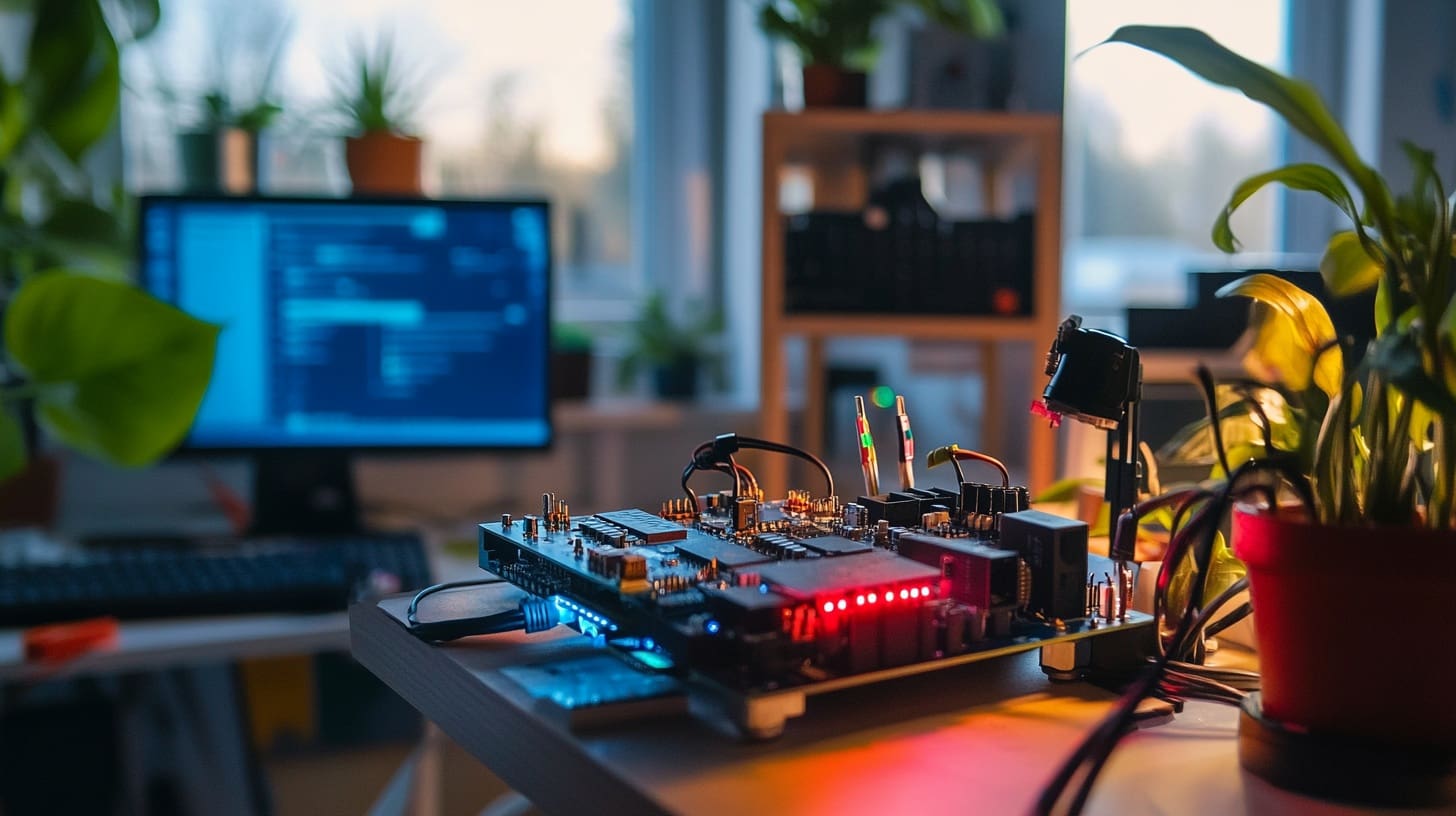Bioinformatics involves the application of computational technology to manage and analyze biological data, playing a crucial role in genomics, molecular biology, and biotechnology. While 3D printing, or additive manufacturing, is traditionally associated with direct physical creation across various sectors, its integration into bioinformatics represents a unique convergence of digital and physical realms. This fusion enhances the understanding of complex biological structures and interactions by transforming abstract data into tangible models that can be analyzed in real-world scenarios.
The Emergence of 3D Printing in Bioinformatics
Initially utilized for prototyping and manufacturing in engineering and design, 3D printing has found significant applications in the life sciences, particularly through the visualization of complex biological data sets. In bioinformatics, 3D printing translates detailed molecular and genomic data into three-dimensional models that help researchers and scientists visualize, manipulate, and communicate biological structures and phenomena more effectively.
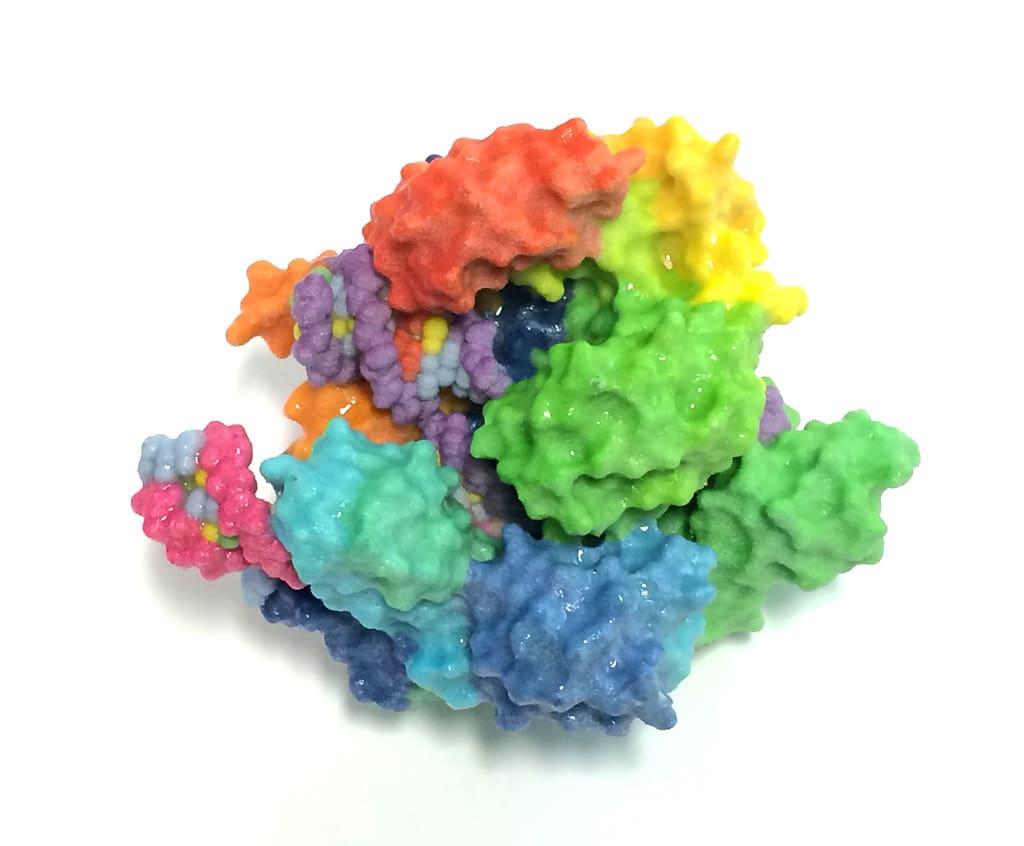
Advantages of 3D Printing in Bioinformatics
Enhanced Visualization: 3D printing allows for the creation of detailed physical models of molecular structures, such as proteins, DNA, and complex cellular arrangements. These models provide a tangible way to examine, study, and share complex biological data, facilitating a deeper understanding of form, function, and interaction.
Improved Communication: Physical models are invaluable for educational purposes, enhancing the ability to communicate complex biological concepts and findings to a broader audience, including students, colleagues, and non-specialists.
Innovative Research Tools: Custom-made 3D models can serve as novel tools in experimental setups, particularly in structural biology and pharmaceutical development, where precise molecular fittings are crucial.
Rapid Prototyping of Lab Equipment: Bioinformatics often requires specialized laboratory tools that may not always be readily available or economically feasible. 3D printing offers a fast and cost-effective solution to develop custom lab equipment tailored to specific research needs.
Key Applications of 3D Printing in Bioinformatics
Molecular Models: Scientists use 3D printing to create scale models of molecules that accurately represent the spatial relationships and interactions between various bio-molecules. These models are particularly useful in drug design and molecular biology education.
Custom DNA Sequences: 3D printing technology can generate physical models of DNA sequences, helping researchers visualize gene arrangements and interactions. This is especially useful in genetic research and education.
Protein Folding and Enzyme Interaction Models: Detailed models of protein folding and enzyme interactions facilitate a better understanding of biochemical processes and mechanisms, which is critical for fields like metabolic engineering and drug development.
Educational Tools: 3D printed models serve as excellent educational tools in bioinformatics and molecular biology, helping students and newcomers to the field grasp complex concepts in a more interactive and engaging way.
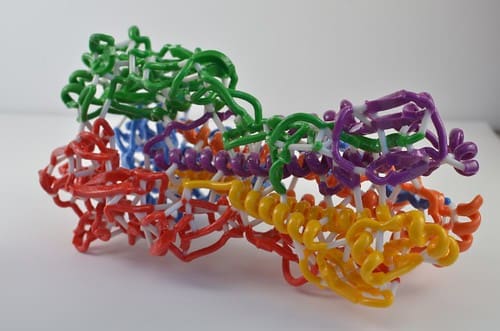
Challenges in 3D Printing for Bioinformatics
Despite its potential, the integration of 3D printing in bioinformatics is not without challenges:
Accuracy and Resolution: Ensuring high fidelity in the translation from digital models to physical objects is crucial, particularly when dealing with molecular and atomic scales. The resolution limits of current 3D printing technology can sometimes restrict the level of detail in printed models.
Material Limitations: The choice of materials in 3D printing can impact the quality and functionality of the models, especially when specific colors, transparency, or flexibility are required to accurately represent biological structures.
Cost and Accessibility: While decreasing over time, the cost of high-resolution 3D printers and the materials needed for accurate biological modeling can be prohibitive for some institutions and researchers.
Data Integration: Converting complex bioinformatics data into printable 3D models often requires significant preprocessing and manipulation, demanding skills that bridge both computational biology and 3D modeling.
Future Directions in 3D Printing for Bioinformatics
The future of 3D printing in bioinformatics looks promising, with ongoing advancements likely to enhance its applications and accessibility. Improved printing resolutions, new material developments, and better data integration tools are expected to address current limitations and broaden the use of 3D printing in scientific research and education.
3D printing is poised to continue its transformative impact on bioinformatics, offering innovative ways to visualize, communicate, and manipulate complex biological data. As the technology evolves, it promises to foster a deeper understanding of biological structures and phenomena, enhancing both research and education in molecular biology and genetics.


